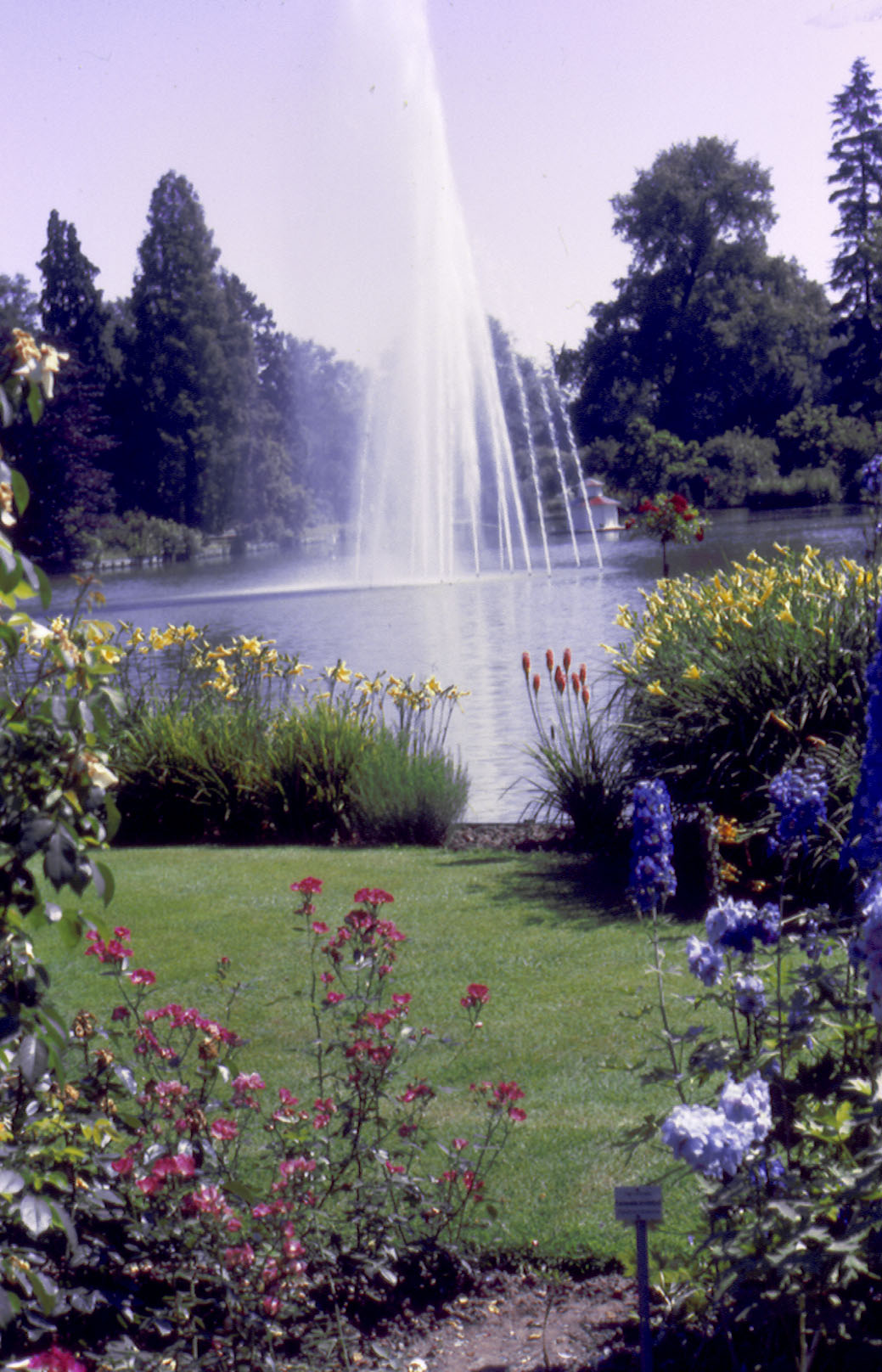"§"
Mustang - Rose
| 00 Hinweis: ----------------------------------- | Hinweis: -------------------------------------------------------------- |
| 01 Hinweis: Bild |  |
| 02 Hinweis: Bemerkung | |
| 03 Hinweis: Literatur | |
| 10 Name: -------------------------------------- | Name: ----------------------------------------------------------------- |
| 11 Name: Sortier Name | |
| 12 Name: Exhibition Name | |
| 13 Name: Registration Name | |
| 14 Name: Synonyme | Mustang, Coloranja |
| 15 Name: Auszeichnungen / Awards | |
| 20 Genealogie: -------------------------------- | Genealogie: ----------------------------------------------------------- |
| 21 Genealogie: Gattung / Sektion / Art | Hybrid Tea |
| 22 Genealogie: Elternrosen / Herkunft / Parentage | seed: Fandango (hybrid tea, Swim, 1950); pollen: Independence × Papillon Rose (floribunda, Lens, 1956) |
| 23 Genealogie: Kinderrosen / Nachkommen | |
| 24 Genealogie: Sports / Mutationen | |
| 25 Genealogie: Verwendung / Utilisation / Gebruik / Use | |
| 26 Genealogie: Erscheinungsjahr / DOB (Date of Birth) | 1963 |
| 27 Genealogie: Züchter / Entdecker / Breeder / Hybridizer | Lens, BE, 1963 |
| 30 Blüte: ------------------------------------- | Blüte: ---------------------------------------------------------------- |
| 31 Blüte: Farbe / Bloemkleur / Flower Colour | Orange, orange-red |
| 32 Blüte: Duft / Fragrance / Geurend / Scent Strength | Duft |
| 33 Blüte: Eigenschaften / Flowering Habit | |
| 34 Blüte: Blütenblätter-Anzahl / Petals | 17-25 petals |
| 35 Blüte: Form / Forme de la fleur / Bloom Shape | double, high-centered bloom form |
| 36 Blüte: Größe / Bloem / Bloom Size | medium to large |
| 37 Blüte: Typ / Bloom Type | |
| 38 Blüte: Zeit / Floraison / Bloeitijd / Flowering Period | blooms in flushes throughout the season |
| 39 Blüte: Bienenfreundlichkeit | |
| 40 Pflanze: ----------------------------------- | Pflanze: -------------------------------------------------------------- |
| 41 Pflanze: Blätter, Laub / Feuillage / Foliage | Dark green, leathery foliage |
| 42 Pflanze: Dornen / Stacheln / Thornyness | |
| 43 Pflanze: Hagebutten / Hips / Hip Colour / Hip Shape | |
| 44 Pflanze: Knospen / Buds | |
| 45 Pflanze: Stiele / Stems | |
| 50 Wuchs: ------------------------------------- | Wuchs: ---------------------------------------------------------------- |
| 51 Wuchs: Form / Vorm / Growth Habit | bushy |
| 52 Wuchs: Abstand / Dist. de plantation | |
| 53 Wuchs: Höhe / Taille / Height / Hauteur | |
| 54 Wuchs: Weite / Width | |
| 60 Gesundheit: -------------------------------- | Gesundheit: ----------------------------------------------------------- |
| 61 Gesundheit: Bodenansprüche / Cultivation | |
| 62 Gesundheit: Bakterien, Pilze, Viren | |
| 63 Gesundheit: Tierische Schädlinge | |
| 64 Gesundheit: Hitze | |
| 65 Gesundheit: Kälte | |
| 66 Gesundheit: Nässe | |
| 67 Gesundheit: Trockenheit | |
| 68 Gesundheit: Schatten | |
| 99 -------------------------------------------- | ----------------------------------------------------------------------- |
(E?)(L?) http://www.helpmefind.com/plant/plants.php
(E?)(L?) http://www.helpmefind.com/gardening/l.php?l=2.29347.1
Erstellt: 2014-03